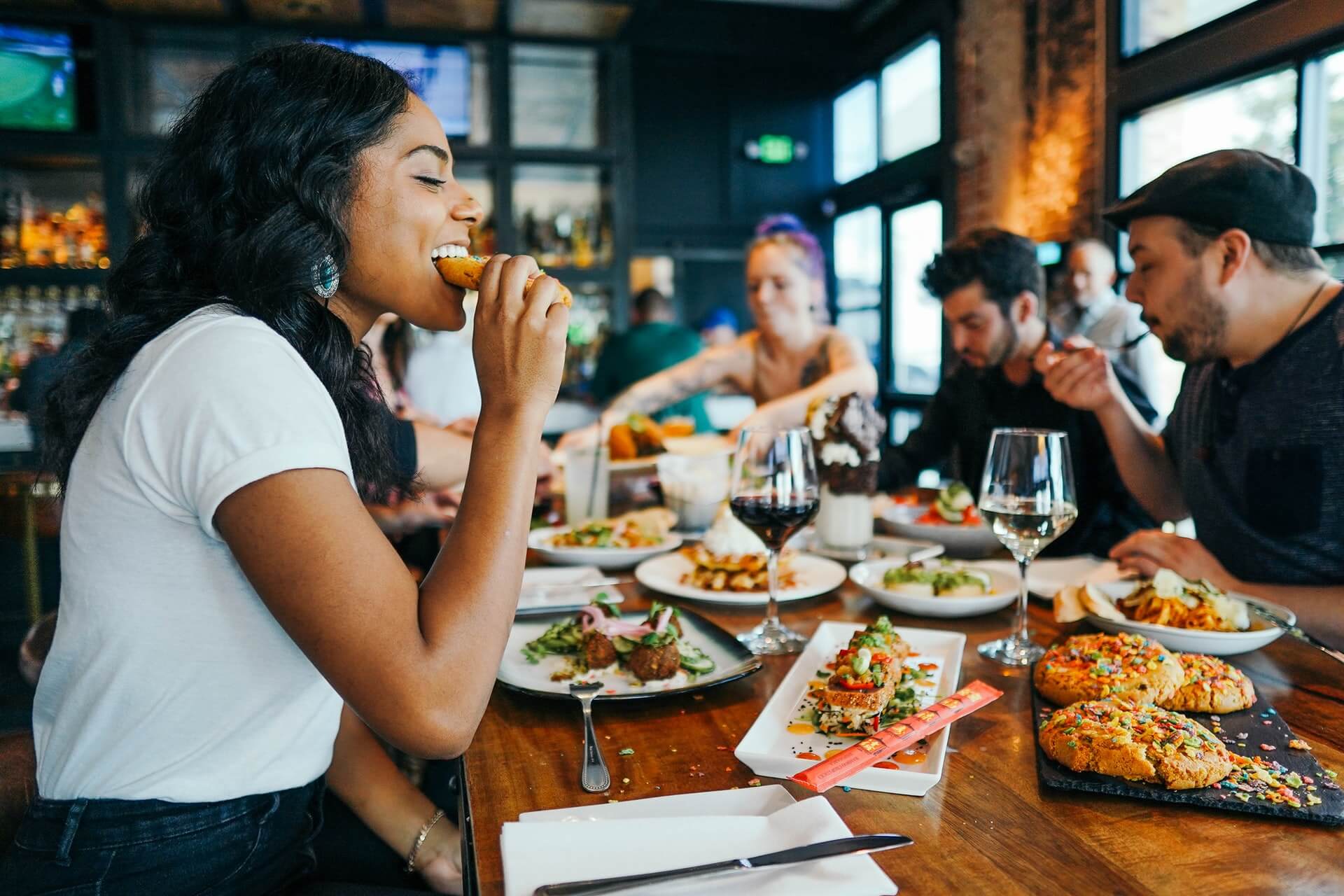2024 Datassential 500: Guest Perception
by David Klemt

Last week we took a look at the data-driven findings that identify, organize, and rank chain restaurants in the US, forming the Datassential 500.
This annual report sorts the 500 top-performing chains by segment. Further, Datassential identifies the top chains by both number of units, and sales.
In doing so, the F&B intelligence agency uses hard numbers to determine numbers one through 500.
But what about guest perception? Unit and sales growth may appeal to board members, investors, executives, and other hospitality professionals, but what matters to the people their restaurants serve?
It’s doubtful that even the staunchest fans of a particular restaurant chain are aware of or, frankly, care about how many locations they operate. Nor are they likely all that concerned about their annual revenue, unless they’re an investor as well.
To get to the bottom of how the public perceives chain restaurants in the US, and what brands they rank at the top, Datassential looked at six key metrics.
Those metrics? Food quality, service, experience, affordability, value for dollar, and net promoter score.
While the results aren’t exactly shocking, they’re quite telling. A handful of US chains dominate the consumer-facing metrics. And for the most part, they’re not among the top ten of the 2024 Datassential 500.
Anyone interested in reading this year’s report can do so via this link. Alright, let’s check out how the public ranks US chain restaurants.
Perception Matters
To make the comparisons easier, the top 10 US restaurant chains by unit and by sales are below.
Top 10: Total Units
- Subway
- Starbucks
- McDonald’s
- Dunkin’
- Taco Bell
- Domino’s Pizza
- Burger King
- Pizza Hut
- Wendy’s
- Dairy Queen
Top 10: Total Sales
- McDonald’s
- Starbucks
- Chick-fil-A
- Taco Bell
- Wendy’s
- Dunkin’
- Burger King
- Chipotle
- Subway
- Domino’s Pizza
Guest Perception
Okay, so those are the top performers in the US, by the numbers. Units were counted, sales were analyzed.
Now, these are the brands that guests feel are at the very top, organized into six categories.
Food Quality
- Texas Roadhouse
- Chick-fil-A
- Longhorn Steakhouse
- Cheesecake Factory
- Ruth’s Chris Steak House
Service
- Chick-fil-A
- Texas Roadhouse
- Longhorn Steakhouse
- Cheesecake Factory
- In-N-Out Burger
Experience
- Chick-fil-A
- Ruth’s Chris Steak House
- Texas Roadhouse
- Maggiano’s Little Italy
- In-N-Out Burger
Affordability
- Little Caesars
- Freshii
- Papa Murphy’s
- Cici’s Pizza
- Pollo Tropical
Value for Dollar
- Papa Murphy’s
- Little Caesars
- Cici’s Pizza
- In-N-Out Burger
- Del Taco
Net Promoter Score
To determine this ranking, survey participants were asked “How likely would you be to recommend this chain to friends and family?”
- Chick-fil-A
- Texas Roadhouse
- In-N-Out Burger
- Longhorn Steakhouse
- Portillo’s Hot Dogs
- Cheesecake Factory
- The Capital Grille
- Ruth’s Chris Steak House
- Maggiano’s Little Italy
- Topgolf
Subway and McDonald’s may dominate the list in terms of number of units and annual sales, but Chick-fil-A dominates in one key area. Word-of-mouth marketing still matters, undeniably, and, according to Datassential, most consumers perceive Chick-fil-A as the restaurant chain to recommend.
Followed by Texas Roadhouse and In-N-Out Burger, smaller brands are delivering on important operational elements. Consumers at large appear to favor these brands when it comes to stretching their dollars, along with how they perceive the quality of food, the level of service, and the overall dining experience.
Operators interested in scaling their business need to set aside ego and desire, and look at their business objectively. They need to ensure they’re nailing the fundamentals and have the right systems in place first.

Book Below to Setup a 30-Minute Complimentary Discovery Call and Request for Proposal.











